CHRYSOBERYL CAT’S EYE FROM SRI LANKA bunpeiris
The name chrysoberyl is from the Greek Chrysos , meaning golden, and beryllos, which refers to beryllium content. Chrysoberyl Cat's eys is found in the company of sapphires in the gem gravels of Ratnapura (City of
The cat's-eye record for size was long held by Sri Lankan (Ceylonese) specimen. Until the year 1815, the year of capitulation to the British in
Since ancient times, chrysoberyl has been regarded as a gemstone which protects its wearer and keeps disaster at bay. The cat's eye most of all is seen as a particularly effective protective stone and talisman. On account of its golden tones, chrysoberyl is often also associated with wealth. In modern gem therapy, discipline and self-control are the qualities mainly associated with chrysoberyl. Chrysoberyls are also said to promote concentration, far sighted thinking & and the ability to learn.
Chrysoberyl cat’s eye perfectly mimics the ghostly appearance of the eye of a cat caught in a pair of headlights of a car at night. This eerie yet scintillating effect is caused by tiny, hair-like inclusions reflecting in the light. It is called chatoyancy in Gemology. While this characteristic appears in other gems, none has the clarity & beauty of Chrysoberyl cat’s eye.
The stone comes in two colors; translucent honey brown or apple green, & is cut into high-domed cabochons. A slit of silken-sheen of silvery white glide across the face of the dome whenever the gem is tilted slightly, widening & narrowing like the iris of a cat’s eye: the gem winks all the time.
Chrysoberyl cat’s eye exhibit a quality called Milk & Honey Effect. When a pen light is aimed at the side of the stone, one half will appear milky white, while the other half remains gold.
Chapter XXI : The great abundance of precious stones & other commodities found in the island of the book
Dedicated to His Most Serene Majesty Dom Pedro The Second
Written by Captain Joao Ribeiro
Dedication on 8th January 1685 at
Translated by P. E. Pieres in the year 1909 at
AES Reprint ISBN:81-206-1334-1
2. Natives of the
3. Prince Vijayapala, the Prince of
4. A vein of gold in rock









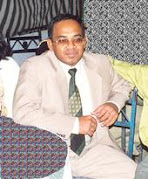













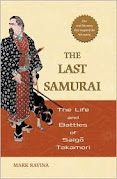













































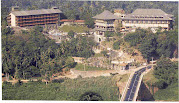








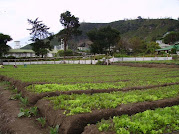














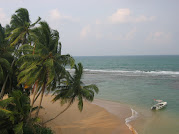












0 Comments:
Post a Comment